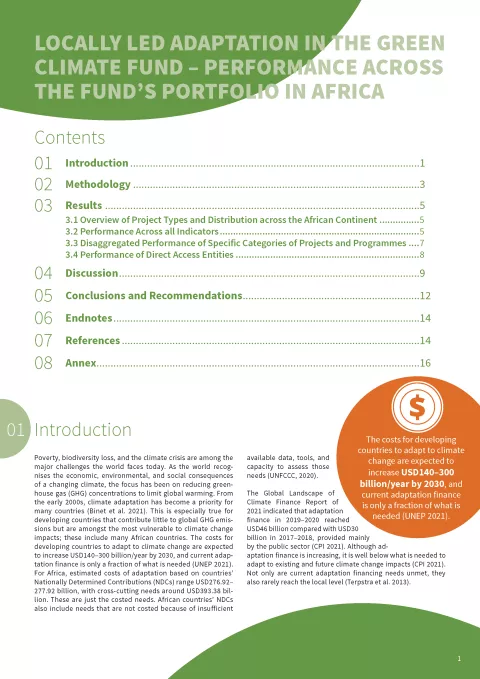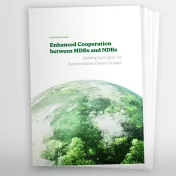
The costs for developing countries to adapt to climate change are expected to increase USD 140–300 billion/year by 2030, according to the UN Environment Programme (UNEP). To create real impact on the ground, the available adaptation finance needs to be provided in a way that is responsive to the needs of those most impacted by climate change. Decentralisation of adaptation planning and decision-making can ensure that adaptation interventions are tailored to local needs and priorities, and consider the unique vulnerabilities, exposure, and adaptive capacities of local stakeholders.
Although the Green Climate Fund (GCF) does not exclusively finance adaptation, it is the largest source of adaptation funding with a strong focus on Least Developed Countries (LDCs), Small Island Developing States (SIDS) and African states. For this reason, the project “Civil Society Organisations (CSOs) Readiness for the Green Climate Fund (GCF) – focus Africa” has examined the extent to which current GCF-funded projects and programmes support adaptation at the sub-national or local level in African states. It does so by using the principles of locally led adaptation as a framework through which the portfolio of the GCF is analysed, with the purpose of providing recommendations for how the GCF can better integrate these considerations in its policies and approved activities in the future, especially for its second replenishment period.




